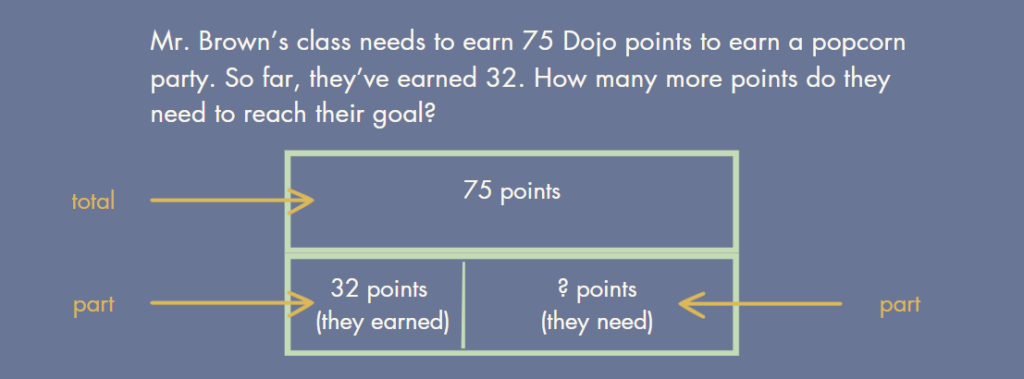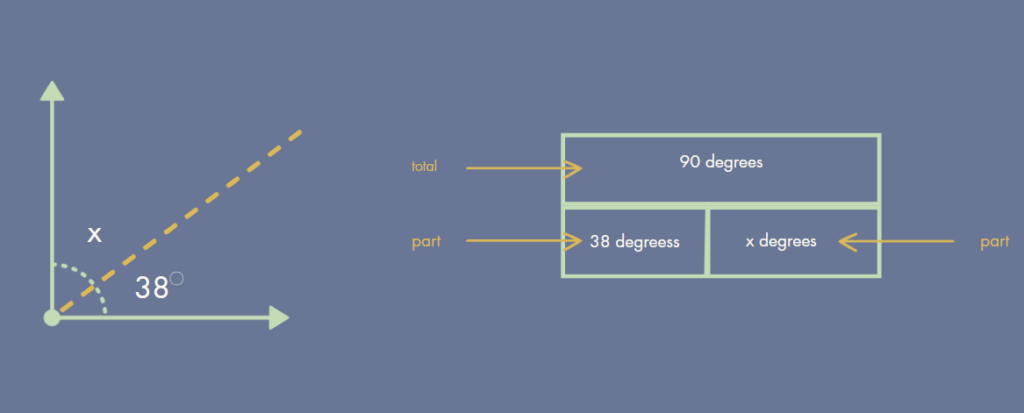November 6, 2024
Word problems and geometry might seem worlds apart, but they have more in common than you think.
As math professor Larry Smith explains, “The most common issue that students have with geometry is a lack of understanding. It can be difficult to grasp concepts like area and perimeter when complicated formulas or diagrams get in the way.” (Access Publishing)
Geometry can feel abstract. In reality, it’s about problem-solving, logic, and seeing the bigger picture. These are also skills students need to truly comprehend word problems.
The connection between word problems and geometry
When geometry is reduced to drawings and memorization of formulas, it’s challenging for students to conceptualize ideas. The same thing happens when we introduce rote procedures for solving word problems.
That’s why I developed a reading comprehension tool that helps us think about word problems as what they really are: number stories. Stories to comprehend and make sense of.
Students can do that by learning how to find the math main idea of a story and using one of 3 structures to visually represent that idea. And you know what’s really cool? Those ideas and structures can apply to other domains too.
Let’s talk about the Parts Equal Total Structure
The Parts Equal Total (PET) structure helps students make sense of the relationships in a number story. You can use it when a story is about 2 or more parts being composed to form a total or a total being decomposed into 2 or more parts.
Here’s how it works. When students identify the math main idea as parts being composed or a total being decomposed, they can easily draw a visual representation using the PET structure.
Let’s explore what this looks like in action. Here’s an example 2nd-grade number story.

In this example, we are composing 2 parts – 32 Dojo points and the points the class needs – to form a total. We can use the Parts Equal Total (PET) structure to represent this. This allows them to see how the parts relate and how they come together to form the total.

This model helps students understand the structure of the problem, moving them away from rote procedures.
You can easily see how this thinking would lend itself to algebraic thinking later. (32 + x = 75). But what about geometry?
Parts Equal Total and Geometry
Let’s talk about complementary angles, two angles that total 90 degrees.
Students who understand how to break down the situation occurring in a number story can translate that thinking here. The main idea of this problem is that we have 2 parts being composed to form a total.

The PET model helps students see the relationship between the angles, just as they can see the relationship between quantities in number stories. This kind of cross-domain thinking is key to helping students develop deep mathematical understanding.
Once they understand the mathematical concept, they can focus on arithmetic and solving.
You might be surprised how many connections become evident once you’ve internalized the structures and their main ideas.
Bringing it all together
As educators, when we help students make connections across different areas of math, whether it’s word problems, algebra, or geometry, we’re teaching them to look for and make use of structure. This not only helps them solve problems more effectively but also equips them with the skills to think critically about math in the real world.
Once students have internalized these structures, they’ll be able to identify connections in ways that may surprise you – and them.